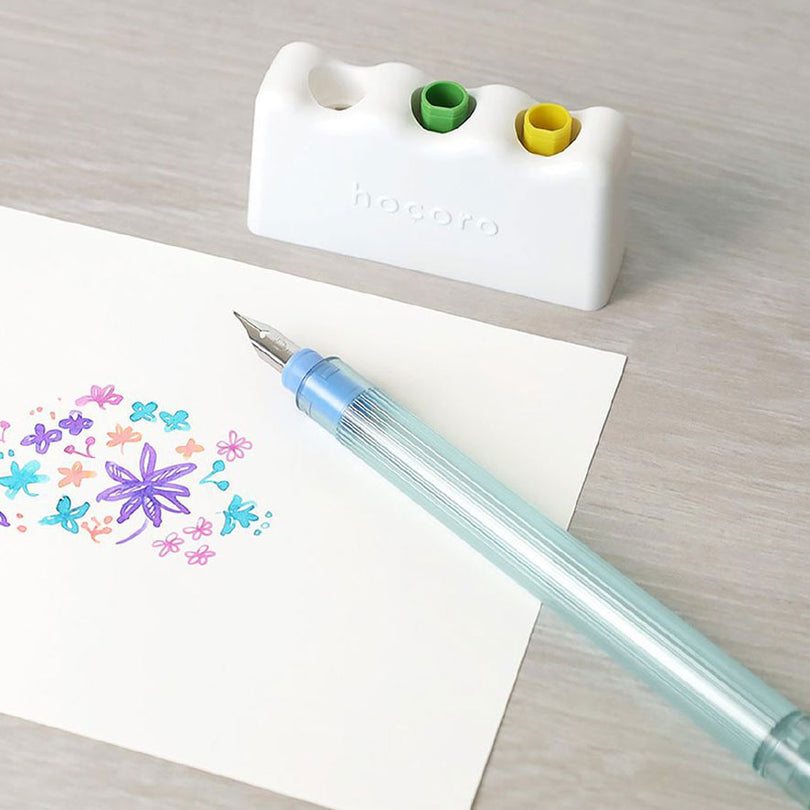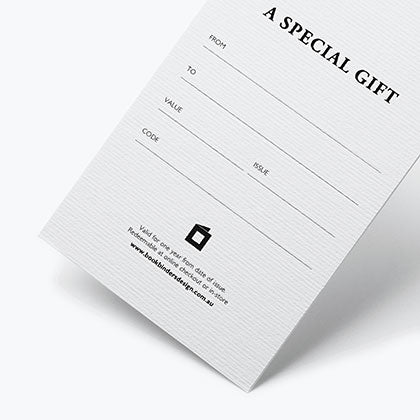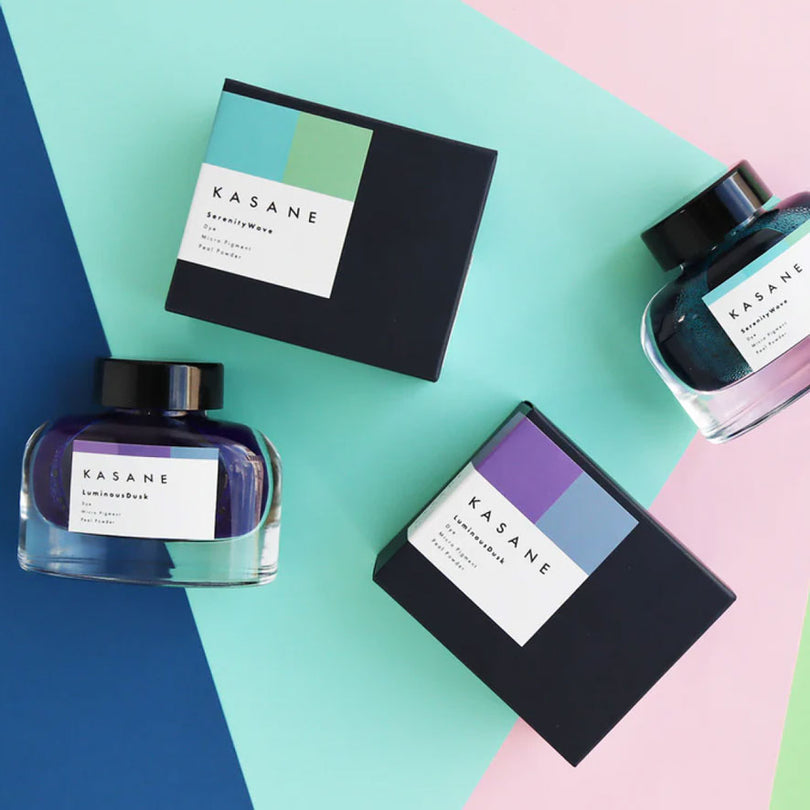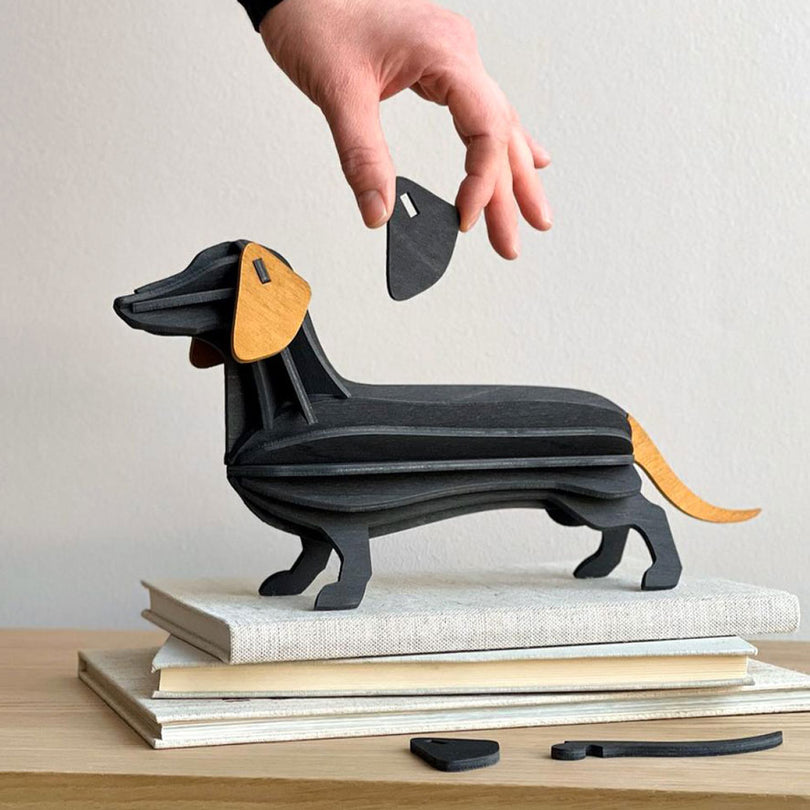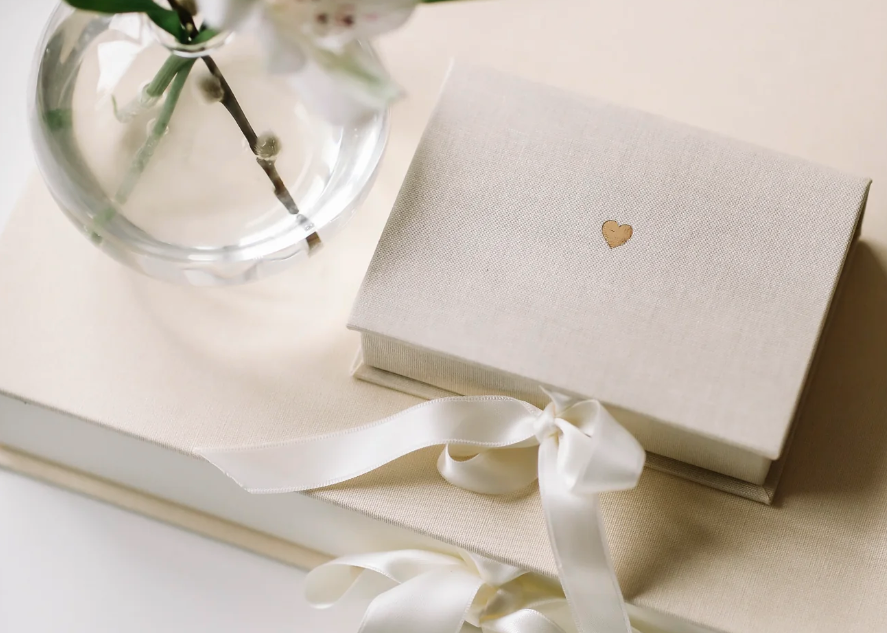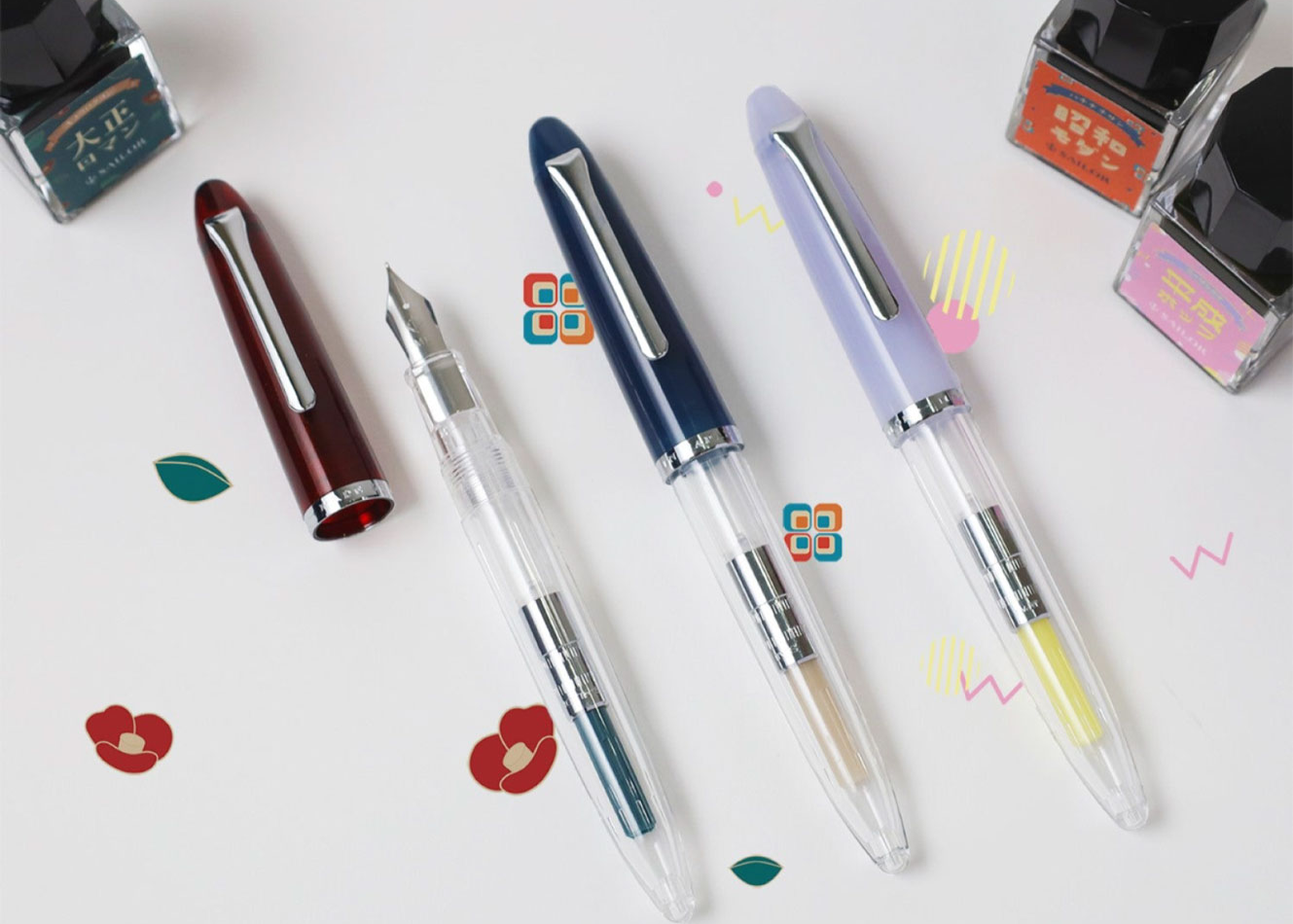THE REVIVAL OF COMMONPLACE BOOKS
What is a commonplace book?
Simply put, it’s a space to collect ideas, quotes, notes, and any media that resonates with you - whether you're a writer, artist, or lifelong learner. It’s a personalised encyclopedia filled with things that inspire you.
How is it different from a journal?
A journal is where you jot down your thoughts, feelings, ideas or daily events, while a commonplace book is more like a scrapbook of wisdom, filled with bits of inspiration you want to remember.
Think of it as the difference between telling your own story and collecting the best lines from everyone else’s!
This tradition dates back to antiquity and it became popular during the Renaissance and 19th century. Numerous famous figures, including Oscar Wilde, Virginia Woolf, Jane Austen, and H.P. Lovecraft, kept commonplace books.
Even private households in the 18th and 19th centuries used them to collect everything from proverbs to recipes and medical knowledge. For women, who were largely excluded from formal higher education at the time, these books offered a way to gather intellectual references.

Today, we’re witnessing yet another revival of commonplacing, and for good reason. Commonplacing is incredibly simple. You’ve probably done it without realising it.
If you have a notebook (or twenty, as I do) where you jot down quotes from books you’re reading, congratulations - you’re already commonplacing. Even when you save screenshots of quotes on your phone or curate a digital collection of paintings and media that resonate with you, that’s a form of commonplacing too.
Still, there’s something special about keeping a physical commonplace book - just like a journal, photo album, address book, or planner. Putting things to paper in your handwriting makes those borrowed words feel more personal.
Plus, the act of copying text is a meditative practice offering a sense of calm that even journaling can’t quite match.
This blog is dedicated to broadening your horizons when it comes to commonplacing. You’ll discover what you can do within the notebook itself, how to organise it, and all the things you can include - because it’s not just for book quotes!
Most importantly, you’ll see just how much keeping a commonplace book can benefit you.
WHAT DO YOU WRITE IN A COMMONPLACE BOOK?
Hint: it's everything.
If you’ve never done this before and aren’t sure where to start, try a general commonplace book. Simply collect everything - quotes, sayings, lyrics, poems, and more - without categorising them right away.
This type of notebook is called a zibaldone, a Renaissance-era hodgepodge book named after the Italian word for “miscellany.”
👉 Fun fact: Giovanni Rucellai, the compiler of one of the most sophisticated examples of this genre, compared the zibaldone to a salad, a mix of ingredients creating something delicious.
The most important thing is to create a habit. I recommend bringing your notebook with you at all times because you never know what will inspire you. Now, the best part.
Index everything in that notebook and see if certain themes or categories emerge. When that happens, you might dedicate entire sections - or even separate notebooks - to those topics. This is where organising a commonplace book comes in. How you categorise your collection is entirely up to you, but here are some suggestions:
- By mood or theme: Whimsical, happy, travel-related, nature-related, art-related, fashion-related, or food-related—anything that resonates with you.
- By specific research topics: Perfect if you're a student or researcher.
- By genre: For example, fantasy, sci-fi, or romance.
- By content type: Quotes from books, films, songs, poems, proverbs, or things people have said to you.
- Vocabulary: A collection of new words you love.
- Art: Print and paste your favourite artwork (mini printers are great for this).
As you’ve seen, commonplacing today isn’t just about writing endless book quotes (though there's nothing wrong with that). It’s about collecting anything that inspires you, from pictures to artwork to music or fashion.
👉 Tip: I like to use different ink colours for different categories. The colours don’t vary too much, but the subtle differences help me recognise each section while maintaining a sense of visual harmony. Plus, it’s a great chance to try out and use up all the fountain pen inks in my collection.
THE COMMONPLACE NOTEBOOK ITSELF
Choosing the right notebook is important, but there are no rules. It’s all about what works for you.
Layout and size:
- Many suggest using a dotted or blank notebook because it offers more layout flexibility. While this is true, those crisp, Pinterest-worthy layouts aren’t for everyone. Unlike with a bullet journal or a planner, I prefer my commonplace notebooks to be lined and medium-sized.
- It really depends on what you’re commonplacing and what kind of journaling person you are. Choose whatever feels most natural.
- If you’re a traveler, you might prefer something compact, like a pocket notebook that easily fits into your bag or pocket.
- If you need more space and want your notebook to hold as much as possible, go for A4 with plenty of pages. Featuring 256 pages, Nuuna notebooks are your best friend.
Numbered pages:
- I’ve found that notebooks with numbered pages make organising much easier. You can leave blank pages for an index or table of contents (or both). Though it doesn’t matter what notebook you choose, opting for one with numbered pages will help you find inspiring entries more easily.
- Many use and recommend Leuchtturm1917 notebooks—with FPF paper, numbered pages, and a built-in content page, they are a great choice.
👉 Tip: Use a pencil first when numbering pages or creating your table of contents, then go over it with a pen once you’re sure.
Decoration:
- It doesn’t have to be pretty! While it’s great to keep things tidy, don’t overthink it if you’re not naturally inclined to decorate your notebooks with drawings and embellishments.
- A rule of thumb is to leave some blank space so you can add thoughts or related notes later. If you run out of space, don’t worry - use sticky paper to layer new notes on top. Our creative processes are complex, deep, and layered, so don’t be afraid to reflect that in your notebook.
- If you’re one of those lucky people whose journals are always beautifully decorated, check out our collection of journaling supplies - like planner stickers, washi tape, and rubber stamps.
- I would recommend Midori notebooks if you're want to personalise every aspect of your commonplace book. They feature blank MD Paper covers that you can write or draw on. Plus, they lay flat and are designed for comfortable writing.
👉 Tip: If you use your notebook on the go but want to keep it tidy, carry a stack of note paper. Scribble down quick thoughts or quotes and transfer them neatly into your notebook when you have time.

HOW COMMONPLACE JOURNALING BENEFITS YOU
Finally, let's take a moment to appreciate just how much keeping a commonplace book benefits you. I believe this is something that no other practice offers, which is why they’ve remained as popular as they are.
- It makes you an active reader, watcher, and listener. Instead of passively consuming content or forgetting key moments in conversations, you’ll start noticing things that fit your categories - and it’s surprisingly exciting when that happens!
- It helps you remember what matters. If you’ve ever read half a book only to realise you’ve read it before - and barely remember it - you know the frustration. Commonplacing ensures the most meaningful parts stick with you.
- It improves your conversations and social skills. By broadening your horizons and expanding your “vocabulary of ideas,” you’ll find it easier to contribute to engaging, thoughtful conversations.
- Finally, it truly transforms your thinking. Make sure to revisit your commonplace book regularly. This is where the magic happens - the synthesis of ideas, the inspiration, the creative breakthroughs! By seeing many ideas and thoughts side by side, you will make connections you might not normally make, leading to unexpected insights and fresh ideas. This ability to draw connections from a variety of sources is the most important benefit of keeping one.
No matter how you approach it, commonplacing is a simple yet powerful habit that enriches your creativity and everyday life. It’s no wonder some of the greatest minds kept these notebooks - or that they keep making a comeback, generation after generation.
We can all take part and keep this tradition alive as a way to capture inspiration, spark new ideas, and leave a record of the thoughts that shape us.
Now, go grab a notebook and start filling those pages!
Questions? We’d love to hear from you, so don’t be shy! Contact us on Facebook, Instagram or via email at info@bookbindersdesign.com.au


